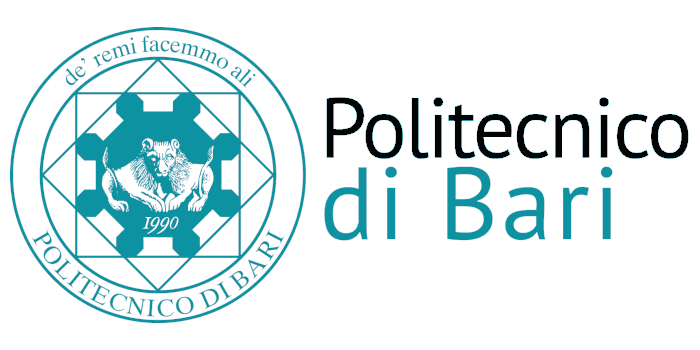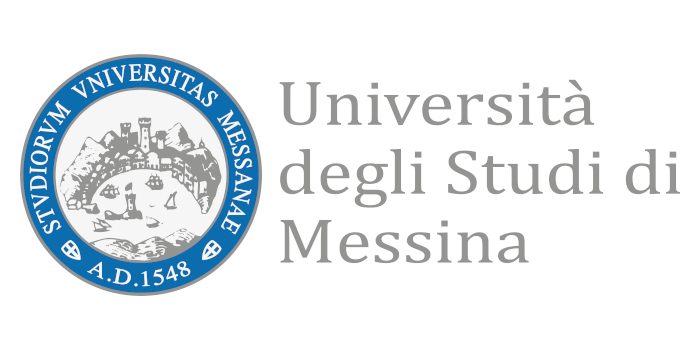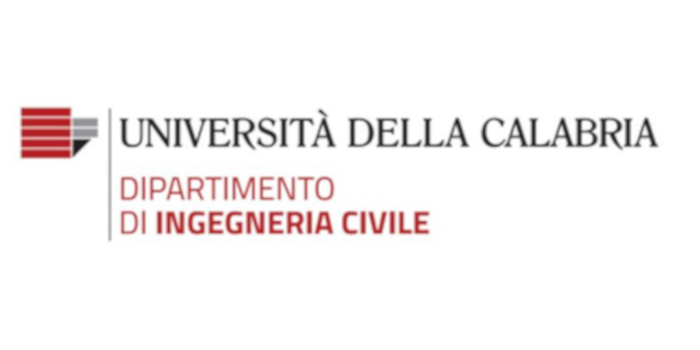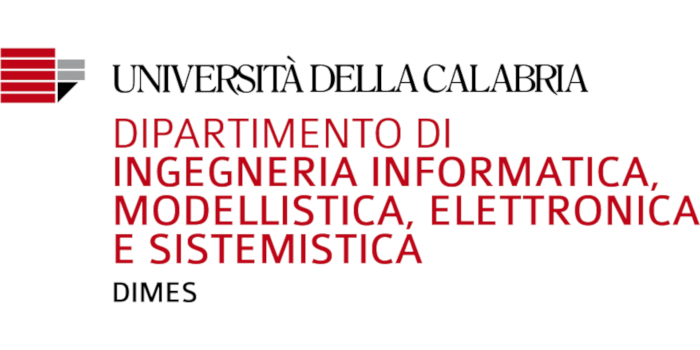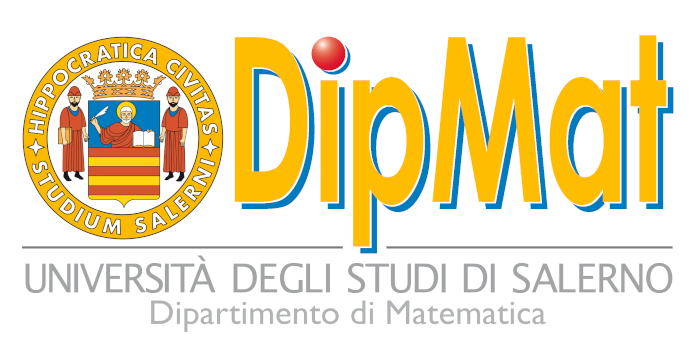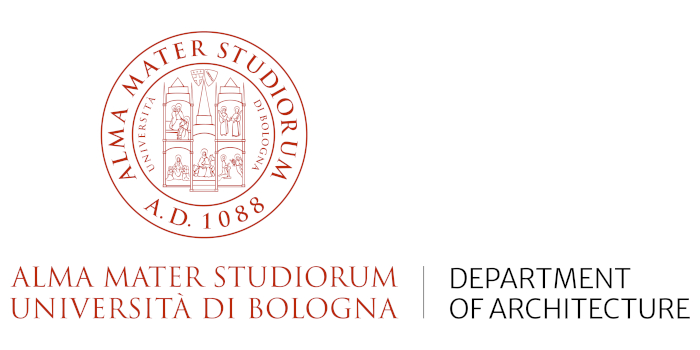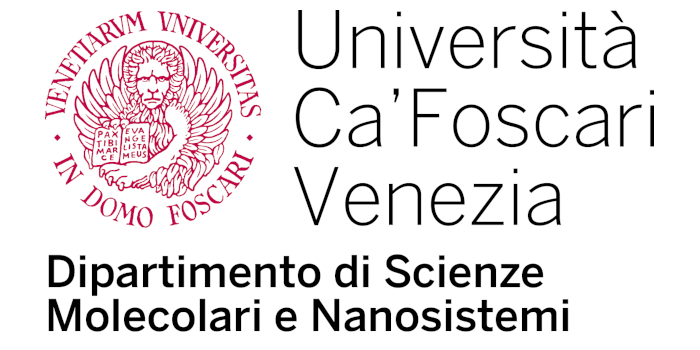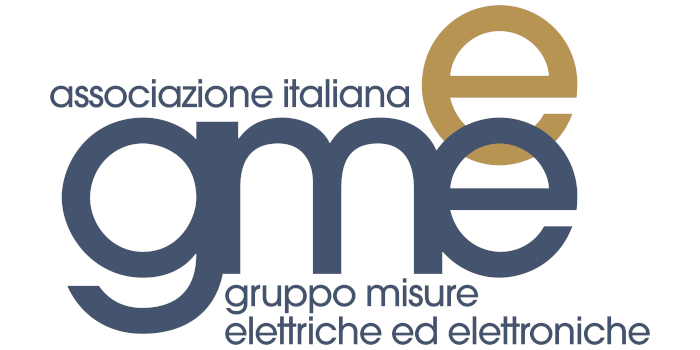Building Smart Secure Living Environments: Harnessing Authentication and Protection Strategies for Intelligent Sensors in the IoT Ecosystem
Carmelo Felicetti
DIMES Department, University of Calabria, Italy
ABSTRACT
In the rapidly evolving landscape of the Internet of Things (IoT), ensuring the authenticity and security of devices has become a paramount concern. Groundbreaking approaches centered on the development of Physically Unclonable Functions (PUFs) and Static Random Access Memory (SRAM) cell patterns are introducing robust techniques for preventing the substitution of physical and digital objects in distributed application scenarios especially measurements. Indeed, measurements play a pivotal role in the monitoring and protection of critical living environments, and the unauthorized substitution of physical sensors and measurement devices can lead to vulnerabilities.
The utilization of SRAM cells' unique power-up signatures, combined with machine learning techniques, forges a secure identity for IoT devices. This identity not only verifies the authenticity of devices but also thwarts potential hardware substitution with counterfeit devices exhibiting "similar" characteristics, a crucial aspect in smart living environments where device integrity impacts system security and efficiency. Furthermore, the importance of certifying the data origin from measurement sensors that are considered secure and tamper-proof is highlighted.
In an era where autonomous sensor networks are increasingly common, ensuring that each sensor in a network can identify, authenticate, and interact autonomously with its peers without the risk of counterfeit intrusion represents a significant advancement in IoT security.
Integrating PUF-based ID tags with IoT devices opens new avenues for secure, authenticated interactions within IoT ecosystems. Through smart living environments as an example, such approaches enhance energy conservation, bolster device security, and ensure the reliable certification of data origin from secure sensors.
The contributions to the field of IoT security, particularly regarding device authentication and identification, mark a significant leap forward in navigating the complexities of technological innovation securely and responsibly. The insights into overcoming the challenges presented by device authentication and hardware substitution in distributed measurement systems underscore the pivotal intersection of cybersecurity and technological advancement, propelling us toward a more secure and interconnected future.
These activities are part of the research results related to Project SERICS (PE00000014) under the MUR National Recovery and Resilience Plan funded by the European Union - NextGenerationEU.
SPEAKER BIOGRAPHY
Carmelo Felicetti is an Electronic Engineer and Researcher with a Ph.D. in Information and Communications Technology from the University of Calabria, Italy. His expertise spans a range of areas including academic research, cybersecurity, and technological innovation. He has worked on digital circuit reconfiguration for aerospace applications in collaboration with the Heinz Nixdorf Institute in Paderborn and the CITEC at the University of Bielefeld, Germany.
In his career, Carmelo has led research projects focused on the use of 2D materials in electronics and on improving cybersecurity protocols. His scientific contributions rely on smart home technologies, IoT device security, and energy efficiency, as evidenced by his publications and patents.
Currently, he holds a researcher position in Information Processing Systems at the University of Calabria. His current research interests include developing innovative telehealth systems, enhancing energy conservation through smart environments, and securing IoT devices with blockchain and Physical Unclonable Function technologies.
His involvement in organizing and participating in relevant conferences underscores his ongoing commitment to technological innovation and academic contribution, particularly in the area of cybersecurity.







